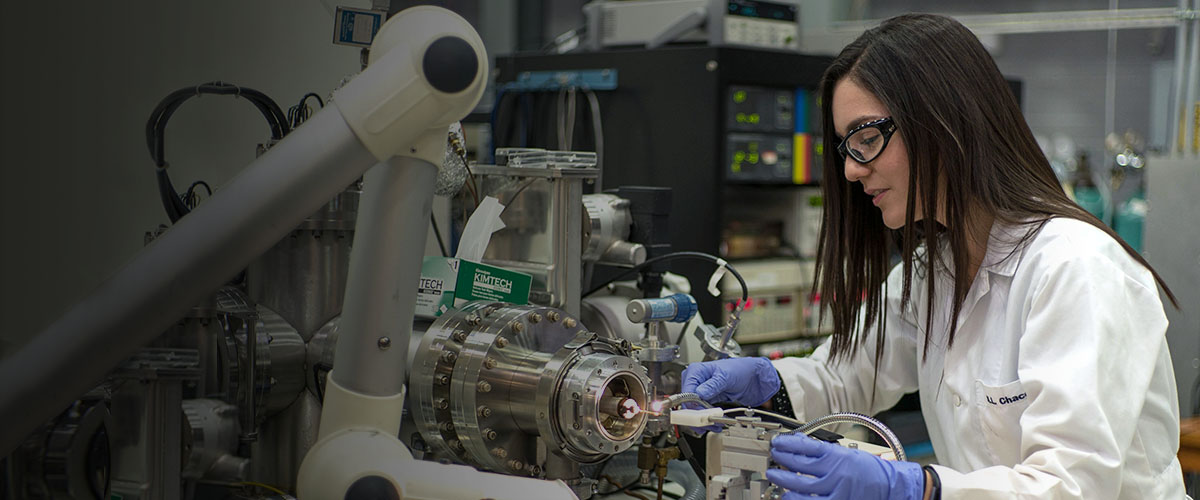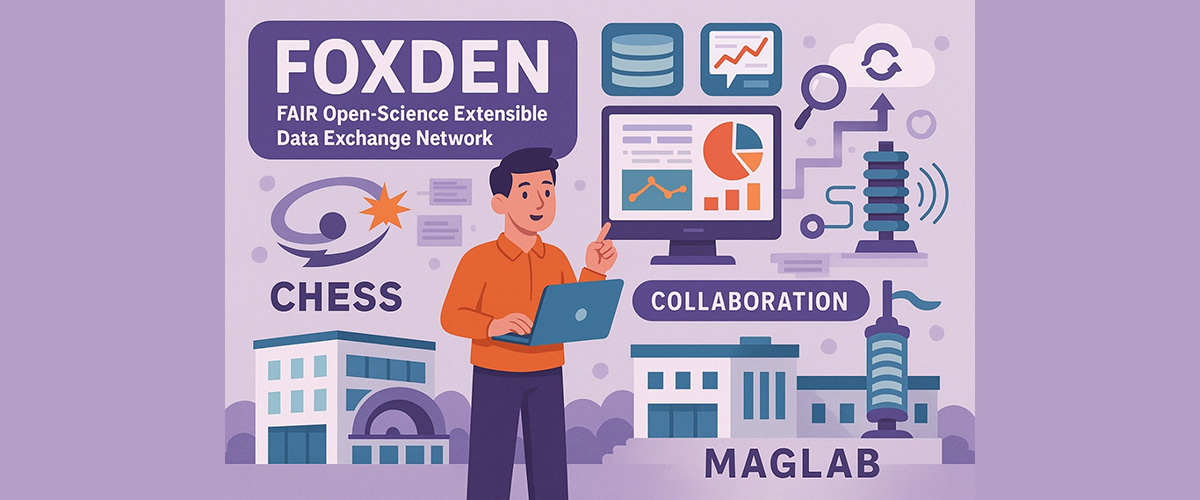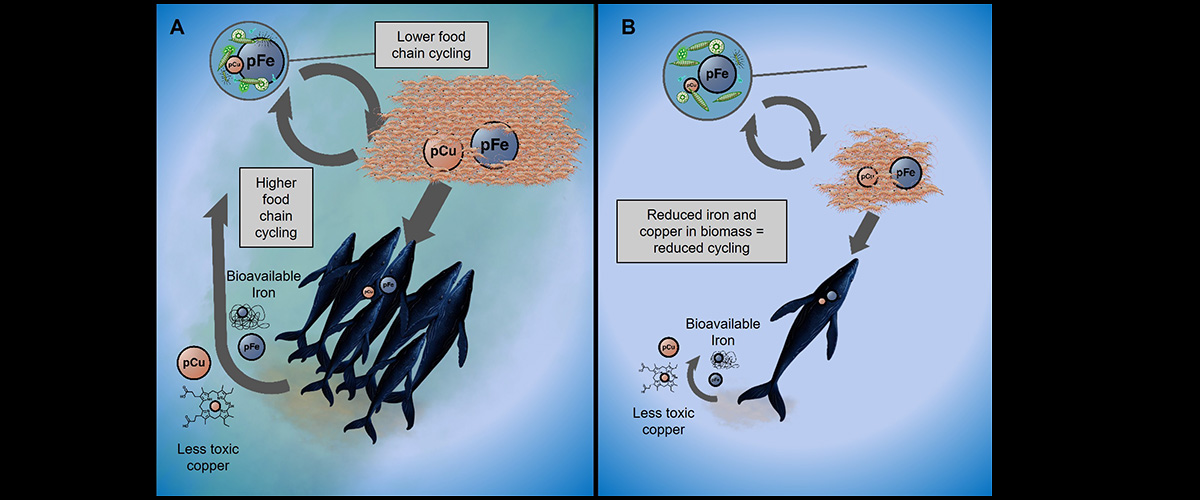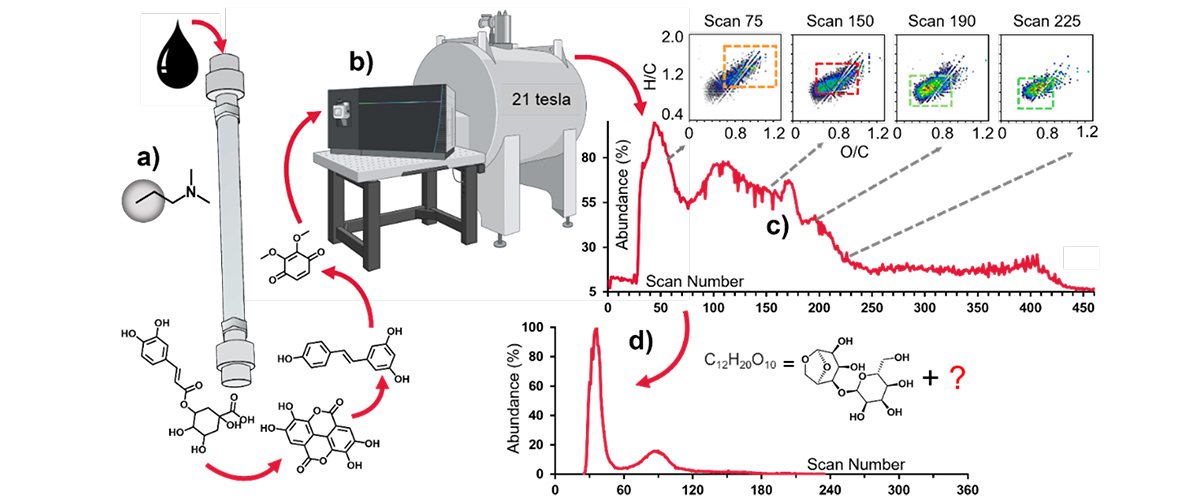
Pairing mass spectrometry with high magnetic fields for a range of research applications.
This facility is charged with developing and exploiting the unique capabilities of Fourier Transform Ion Cyclotron Resonance (FT-ICR) mass spectrometry, and leads the world in instrument and technique development as well as novel applications of FT-ICR mass spectrometry.
The facility features directors for instrumentation, biological applications, environmental, petrochemical applications, and user services as well as a machinist, technician and numerous rotating postdocs who are available to collaborate and/or assist with projects.

Akhtar, M. et al. Croissant: A Metadata Format for ML-Ready Datasets.
Read the Science Highlight or check out the full publication online.

Monreal, P.J.; Savoca, M.S.; Babcock-Adams, L.C.; Moore, L.E.; Ruacho, A.; Hull, D.; Pallin, L.J.; Nichols, R.C.; Calambokidis, J.; Resing, J.A.; Friedlaender, A.S.; Goldbogen, J.; Bundy, R.M., Communication Earth & Environment, 6, 20 (2025).
Read the Science Highlight or check out the full publication online.

Chacon Patino, M.L.; Frye-Jones, J.W.; Anderson, L.C.; Robbins, W.D.; Salvato Vallverdu, G.; Tello Rodriguez, A.; Ruiz, W.; Gascon, G.; Ruger, C.P.; Dayton, D.C.; Giusti, P.; Mase, C.; Barrère-Mangote, C.; Afonso, C.; Bouyssiere, B.; Rodgers, R.P., Energy & Fuels, 39 (7), 3575-3588 (2025)
Read the Science Highlight or check out the full publication online.
Our magnets are open to all scientists - for free - via a competitive process and we accept proposals through out the year.

After your work is completed, you are asked to report to the laboratory, in a timely manner.
Note: We've created several templates to help users successfully apply for magnet time - ICR General Proposal Template, Biological Applications template, and Report Prior Results Template.
Facility Deputy Director
For information regarding magnet time requests and scheduling.